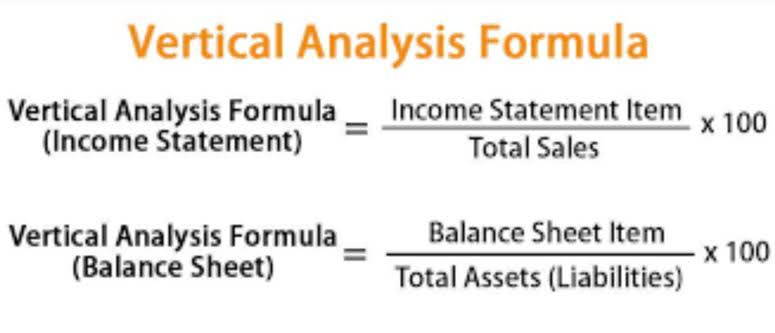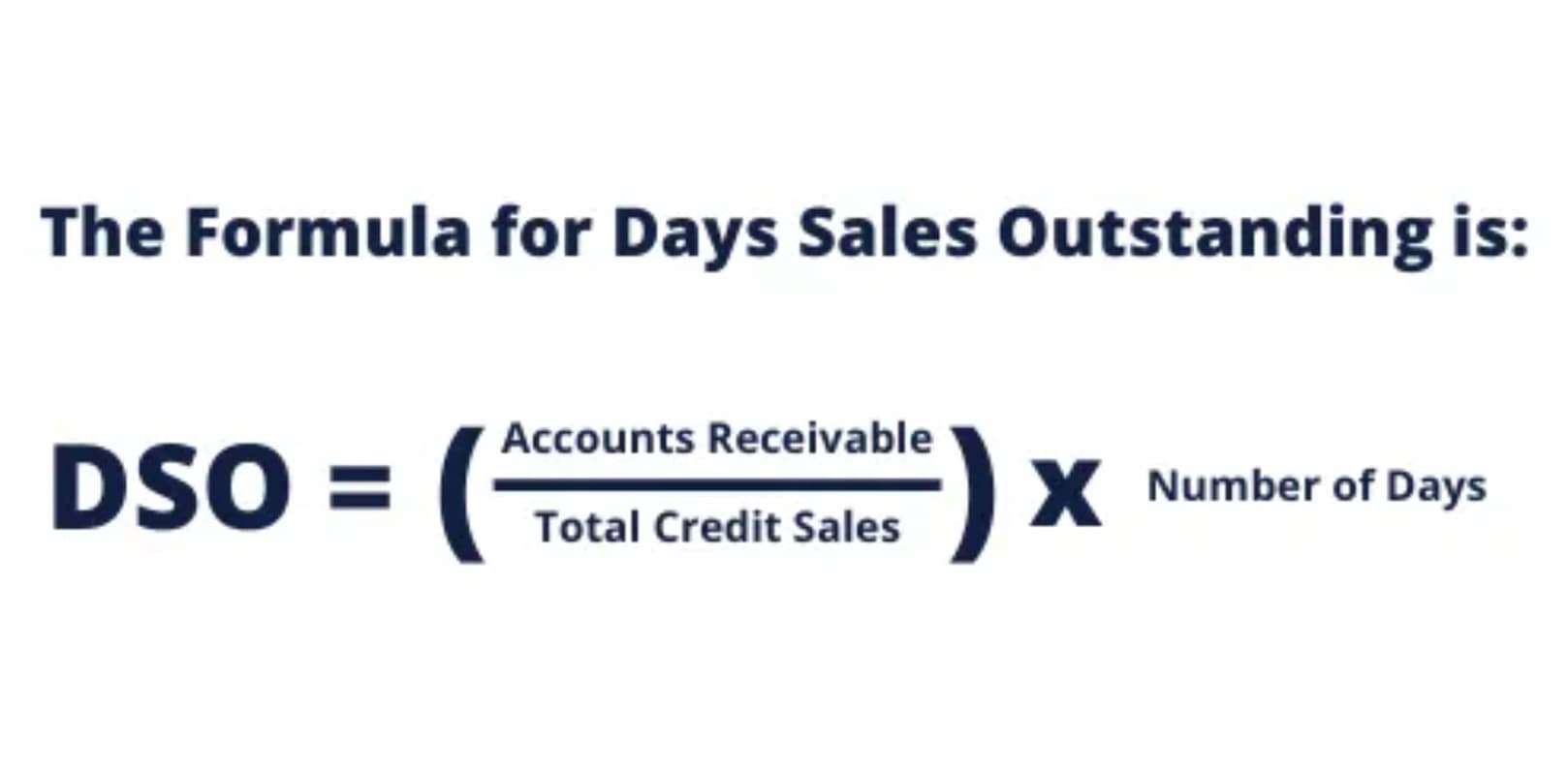
One of the most common examples is rent, which remains static no matter how many goods are produced. This calculation acts as a tool for timely reviews of spending, helping to trigger necessary adjustments in expense management in relation to changes in production or sales. Let’s say we want to https://www.instagram.com/bookstime_inc calculate the overhead cost of a homemade candle ecommerce business. Complex overhead absorption is when multiple absorptions are required to allocate the cost of the support function. For instance, kitchen expenses first need to be allocated to the procurement department (a support department).
Performing the Calculation
Until now, you have learned to apply overhead to production based on a predetermined overhead rate typically using an activity base. An activity base is considered to be a primary driver of overhead costs, and traditionally, direct labor hours or machine hours were used for it. For example, a production facility that is fairly labor intensive would likely determine that the more labor hours worked, the higher the overhead will be. As a result, management would likely view labor hours as the activity base when applying overhead costs. Calculating the predetermined overhead rate is crucial for accurate cost accounting and managerial decision-making. This rate, calculated as total estimated overhead costs / total estimated allocation base, helps businesses in allocating overhead costs more precisely.
- For instance, kitchen expenses first need to be allocated to the procurement department (a support department).
- So, the cost of a product in one period may not reflect the cost in another period—for instance, the cost of freezing fish increases in the summer and lowers in the winter.
- So, it may not be a good idea with perspective to effective business management.
- In order to estimate the predetermined overhead rate it is first necessary to to decide on an activity base on which to apply overhead costs to a product.
- This activity base is often direct labor hours, direct labor costs, or machine hours.
- Implementation of ABC requires identification and record maintenance for various overheads.
Estimate budgeted overheads
- To allocate overhead costs, an overhead rate is applied to the direct costs tied to production by spreading or allocating the overhead costs based on specific measures.
- The overhead rate is a cost added on to the direct costs of production in order to more accurately assess the profitability of each product.
- Small companies typically use activity-based costing, while large organizations will have departments that compute their own rates.
- This calculation acts as a tool for timely reviews of spending, helping to trigger necessary adjustments in expense management in relation to changes in production or sales.
- This means that since the project would involve more overheads, the company with the lower overhead rate shall be awarded the auction winner.
- The second step is to estimate the total manufacturing cost at that level of activity.
The cost of your office rent would be considered overhead because it’s something you have to pay regardless of how many t-shirts you sell. Despite what business gurus say online, “overhead” and “all business costs” are not synonymous. That’s the entire idea—by estimating the amount of overhead that will be incurred, you can better plan for and control these costs. Chartered accountant Michael Brown is the founder and CEO of Double Entry Bookkeeping. He has worked as an accountant and consultant for more than 25 years and has built financial models for all types of industries. He has been the CFO or controller of both small and medium sized companies and has run small businesses of his own.
Great! The Financial Professional Will Get Back To You Soon.

The third step is to compute the predetermined overhead rate by dividing the estimated total manufacturing overhead costs by the estimated total amount of cost driver or activity base. Common activity bases used in the calculation include direct labor costs, direct labor hours, or machine hours. As a result, the overhead costs that will be incurred in the actual production process will differ from this estimate. The activity base (also known as the allocation base or activity driver) in the formula for predetermined overhead rate is often direct labor costs, direct labor hours, or machine hours. That is, a number of possible allocation bases such as direct labor hours, direct labor dollars, or machine hours can be used for the denominator of the predetermined overhead rate equation.
- The choice of selecting any absorption basis depends on the judgment and common sense; especially depends on the type of the manufacturing activities.
- Finance Strategists has an advertising relationship with some of the companies included on this website.
- When making pricing decisions about a product, the management of a business must first understand what the costs of the product are.
- Suppose the estimated manufacturing overhead cost is $ 250,000 and the estimated labor hours is 2040.
- The formula for calculating predetermined overhead rate is estimated overhead divided by the allocation base.

For example, we can use labor hours worked, and formula for predetermined overhead rate for calculating overhead for the store department, we can use the quantity of material to be used. A predetermined overhead rate is an allocation rate given for indirect manufacturing costs that are involved in the production of a product (or several products). Once you’re comfortable calculating and applying your predetermined overhead rate, the next step is finding ways to slash indirect costs to improve it. With more frequent overhead rate calculations, companies can make necessary adjustments in time to prevent indirect costs from having potentially costly negative impacts on profit margin, planning, and product pricing. The equation for the overhead rate is overhead (or indirect) costs divided by direct costs or whatever you’re measuring.
Selecting an Estimated Activity Base

There are many reasons why businesses need to calculate predetermined overhead rates, although, they may have some limitations. If an actual rate is computed monthly or quarterly, seasonal factors in overhead costs or in the activity base can produce fluctuations in the overhead rate. For example, the costs of heating and cooling a factory in Illinois will be highest in the winter and summer months and lowest in the spring and fall. If the overhead rate is recomputed at the end of each month or each quarter based on actual costs and activity, the overhead rate would go up in the winter and summer and down in the spring and fall.
But before we https://www.bookstime.com/ dive deeper into calculating predetermined overhead, we need to understand the concept of overhead itself. (b) Alternatively, we use machine hour rate if in the factory or department of the production is mainly controlled or dictated by machines. However, there is a strong need to constantly update the production level depending on the seasonal fluctuations and the factor affecting the demand of the product.
Phản hồi gần đây